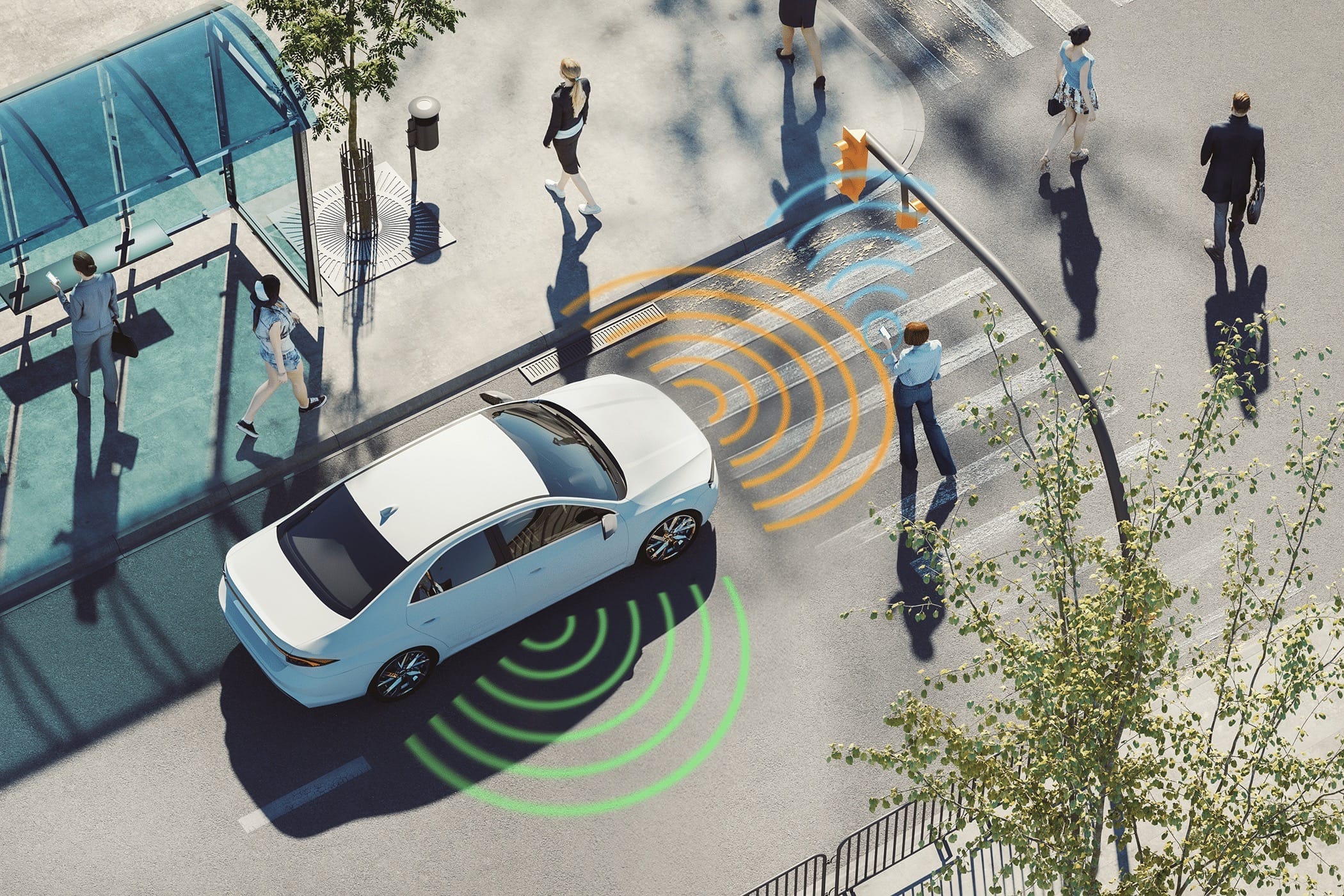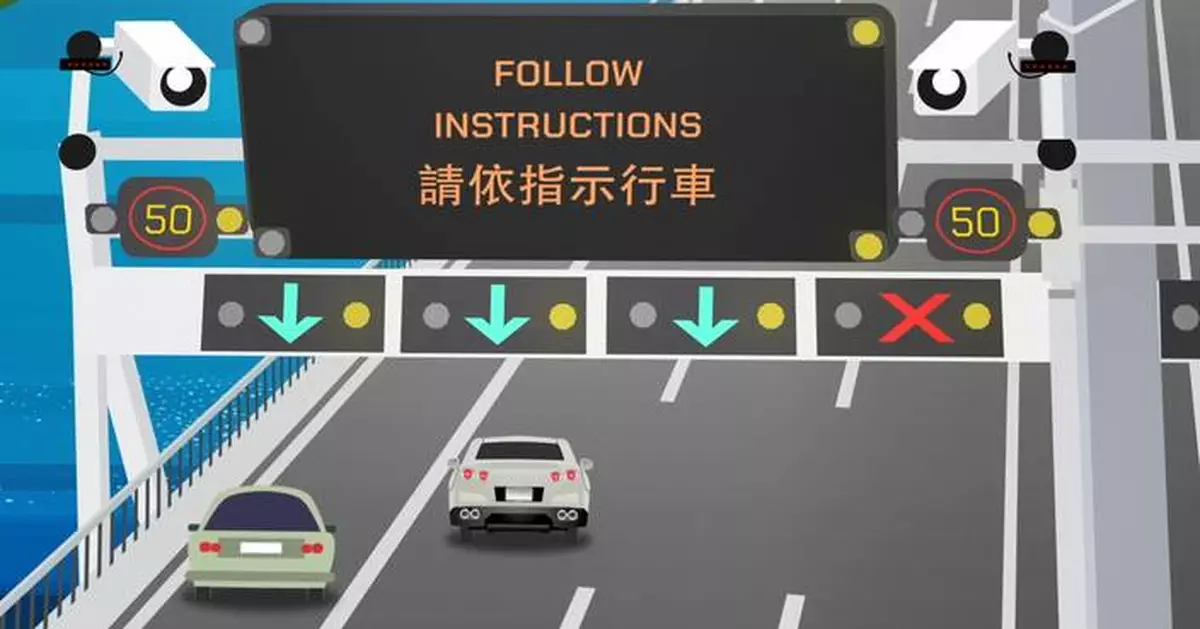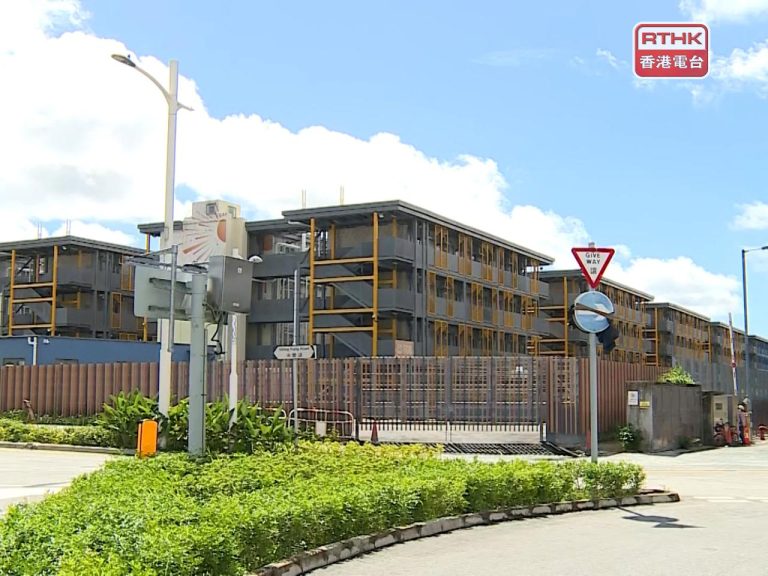Hong Kong’s Transport Department (TD) is set to conduct a groundbreaking smart motorway operational test at Ting Kau Bridge that promises to revolutionize traffic management through cutting-edge technology. On Saturday, June 21st at noon, drivers traveling southbound towards Tsing Yi will experience a carefully planned 15-minute test that showcases the city’s innovative approach to road safety and incident detection.
During this brief operational test, motorists should expect some temporary changes to standard traffic patterns. The fast lane will be temporarily closed, while the hard shoulder—typically reserved for emergencies—will be open to traffic for the first time. To ensure safe navigation, the speed limit will be reduced to 50 km/h, allowing drivers to adapt to the unique operational conditions.
This test is part of the Smart Motorway Pilot Scheme, which launched on December 29, 2024, and has already demonstrated remarkable potential in transforming how traffic incidents are managed. At the heart of this initiative is an advanced Automatic Incident Detection System powered by artificial intelligence, designed to identify and respond to potential road issues with unprecedented speed and accuracy.

The system’s early performance is particularly impressive. By the end of May 2025, it had successfully detected 16 traffic incidents, with an astounding 11 of those being identified within just 10 seconds. This represents a significant improvement over traditional manual CCTV monitoring, potentially saving crucial moments during critical road situations.

The operational test at Ting Kau Bridge serves multiple strategic purposes. Beyond simply testing the hard shoulder’s functionality, the TD aims to comprehensively evaluate the Smart Motorway Pilot Scheme’s effectiveness. Researchers will closely observe motorists’ compliance with control signals and their interaction with the newly activated hard shoulder, collecting valuable operational data that will inform future implementation strategies.

For drivers planning to use the Ting Kau Bridge on June 21st, preparation is key. The 15-minute test window requires heightened awareness and adherence to the temporarily reduced 50 km/h speed limit. Staying informed and following traffic control signals will be crucial for maintaining safety and supporting this innovative traffic management initiative.
The Transport Department’s commitment extends beyond this single test. They are dedicated to continuously monitoring the Pilot Scheme, collaborating with relevant departments, and refining both the technological system and operational arrangements. This iterative approach underscores Hong Kong’s progressive stance on leveraging artificial intelligence and smart technologies to enhance road safety.
As cities worldwide grapple with increasing traffic complexity, Hong Kong’s Smart Motorway Pilot Scheme represents a forward-thinking solution. By integrating advanced AI-driven incident detection with adaptive traffic management, the city is setting a new standard for intelligent transportation systems.
Motorists can view this operational test not just as a temporary traffic adjustment, but as a glimpse into the future of urban mobility—where technology, safety, and efficiency converge to create smarter, more responsive road networks.












